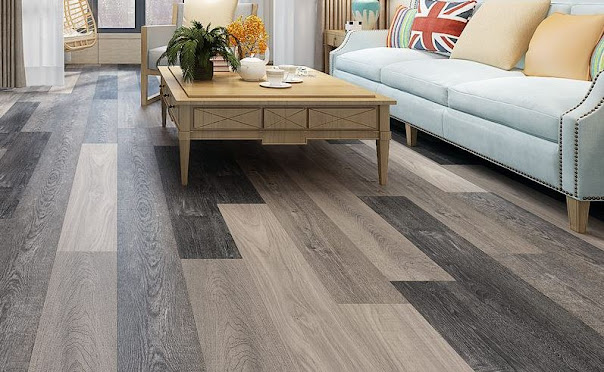How Persian Carpets Are Among The Oldest Handwoven Textiles, A Symbol Of Prestige And Luxury?
Persian Carpets are among the world's oldest handwoven textiles. Throughout history, they have been a symbol of prestige and luxury. They also represent a unique cultural identity of their homeland, Iran.
Represent Unique Cultural Identity Of Their Homeland, Iran
The earliest known Persian Carpets was found in Siberia and was believed to have been created about 500 BC. Today it is kept in the Hermitage Museum in St. Petersburg, Russia.
Iranians were the first carpet weavers of ancient times, and they are still a significant part of the Persian culture today. They are often used as floor coverings and prayer mats.
In Persia, the vertical loom (sahib-e ghyoz) is the most common type of loom used for weaving carpets. This loom consists of two upright beams; one fixed and the other movable, between which the warp threads are stretched. Once the warps are tied, they can be manipulated to create patterns and designs that are truly breathtaking.
Rich Color Palettes, Intricate Designs & Sophisticated Construction
Traditional Persian rugs are characterized by their rich color palettes, intricate designs and sophisticated construction. While many of the designs and motifs that are commonly seen on Persian carpets originated in Iran, other areas were also influential in their creation.
The famous garden carpet design, woven by Kerman weavers of southern Persia in the 17th and early 18th centuries, was based on formal gardens with pathways, ornamental ponds, and flowers. This design was very popular during the Safavid dynasty.
This is a traditional design that was based on the Persian palace gardens of ancient Persia. It combines elements of geometric patterning and naturalistic imagery to create an exquisite piece of art.
Simple Flower Patterns & Florals, Peacocks & Birds Of Paradise
Another popular Persian Carpets Abu Dhabi motif is a simple flower pattern. These motifs have been woven in a variety of colors and materials, including wool, silk and cotton.
Other motifs that can be found on Persian rugs include: florals, peacocks, and birds of paradise. These designs are a tribute to the Persian people's love of nature and their connection with it.
The beautiful patterns and colors found on Persian rugs make them a treasure of the nation and the world. They are also works of art that can be enjoyed by the entire family.
During the Islamic period, a great deal of Persian carpet weaving took place in Azarbaijan Province and Tabarestan Province. Some of the most famous rugs that were woven in this time include the Qajar carpets and the Emogli (Amoghli) carpets.
These carpets were made of silk with gold and silver threads to add even more color and beauty. This style of rug is considered the highest quality and is most prized among collectors.
In addition to silk rugs, Persian carpets were also made of cotton, wool and other fibers. These types of rugs are usually less expensive than their silk counterparts, making them an affordable option for many consumers.
Conclusion:
Although the output of Persian rugs has decreased due to political decisions such as trade sanctions or tariffs, many of them are still produced by skilled artisans around the country. These artisans are the ones that keep this traditional craft alive, creating a true testament of Persian art and culture.
.jpg)



Comments
Post a Comment